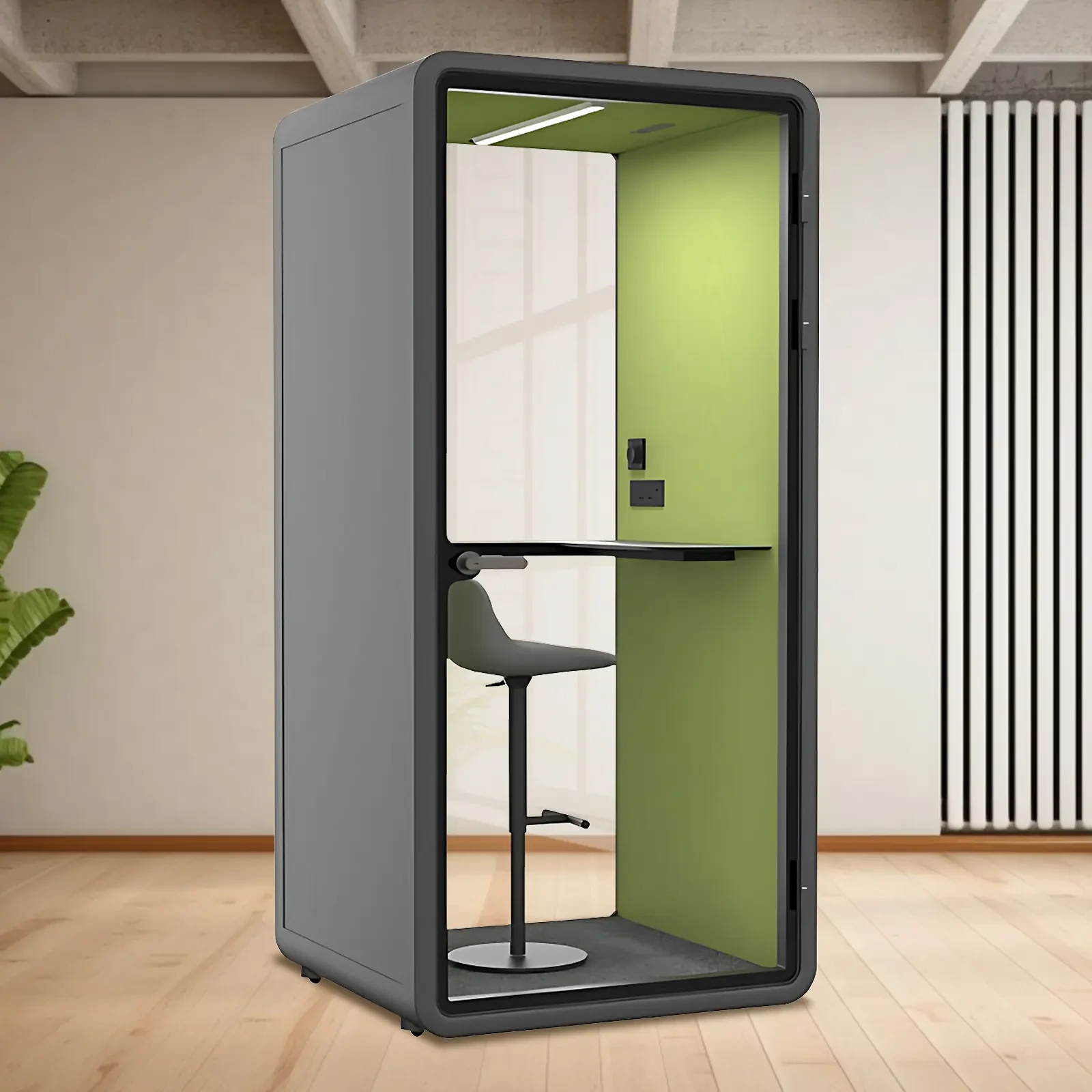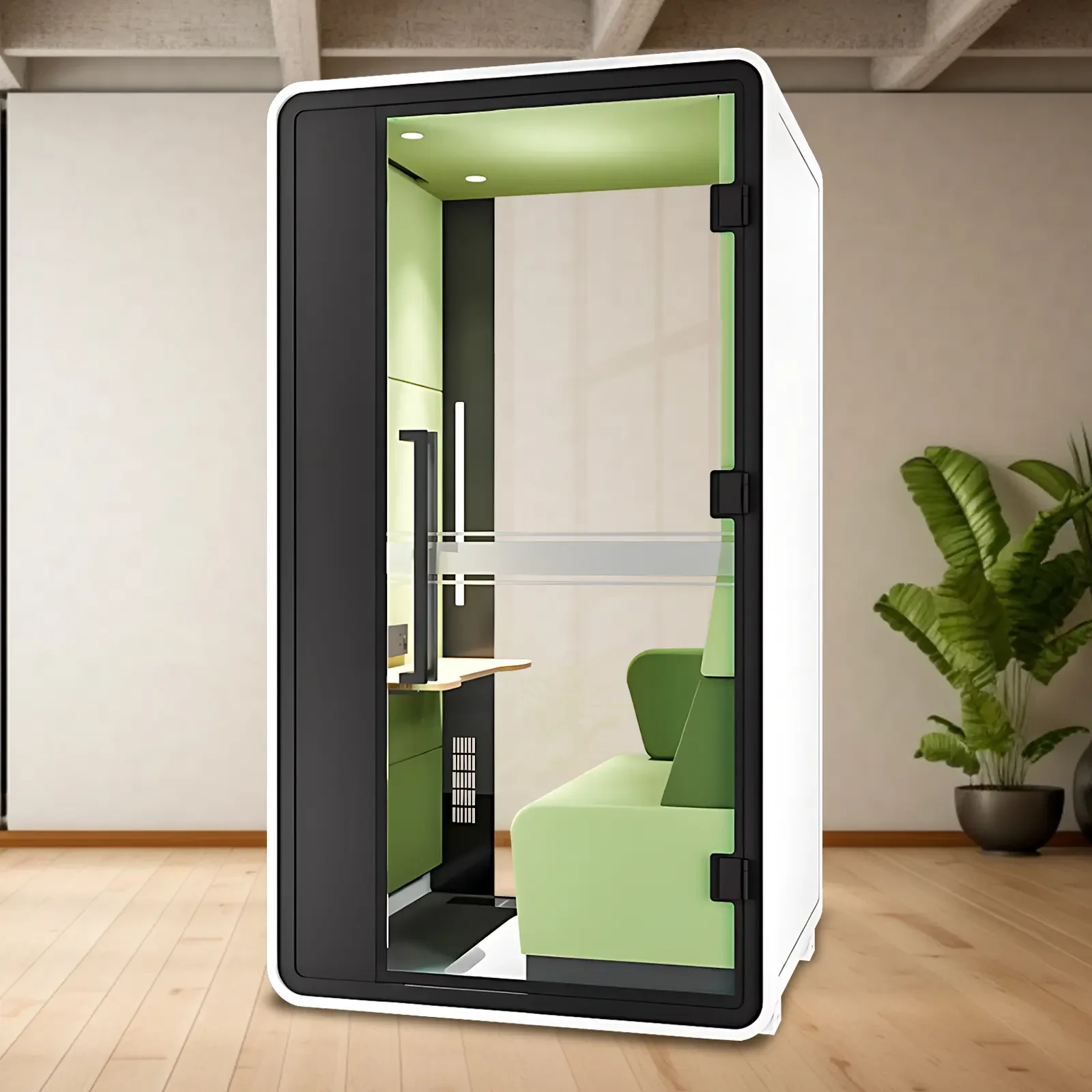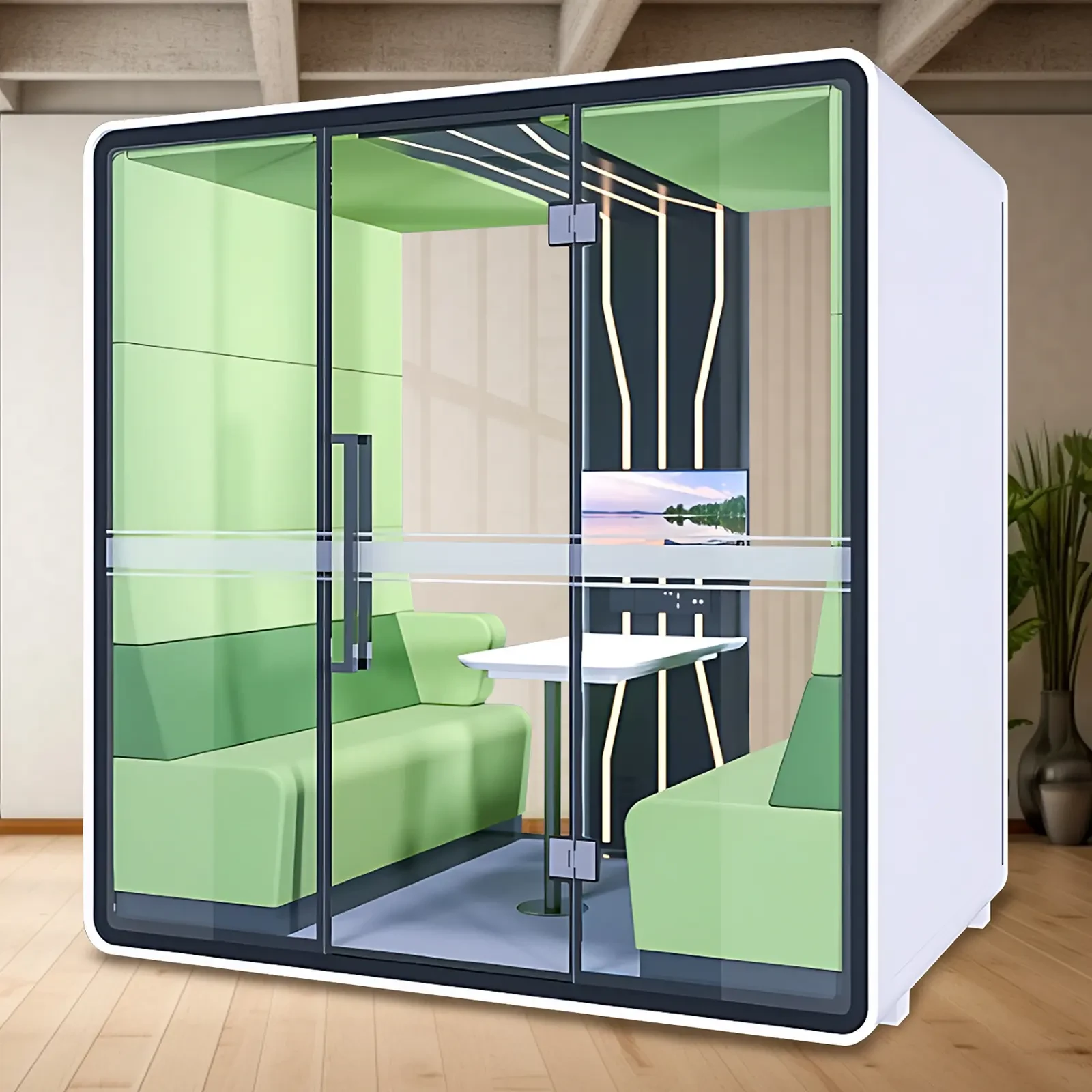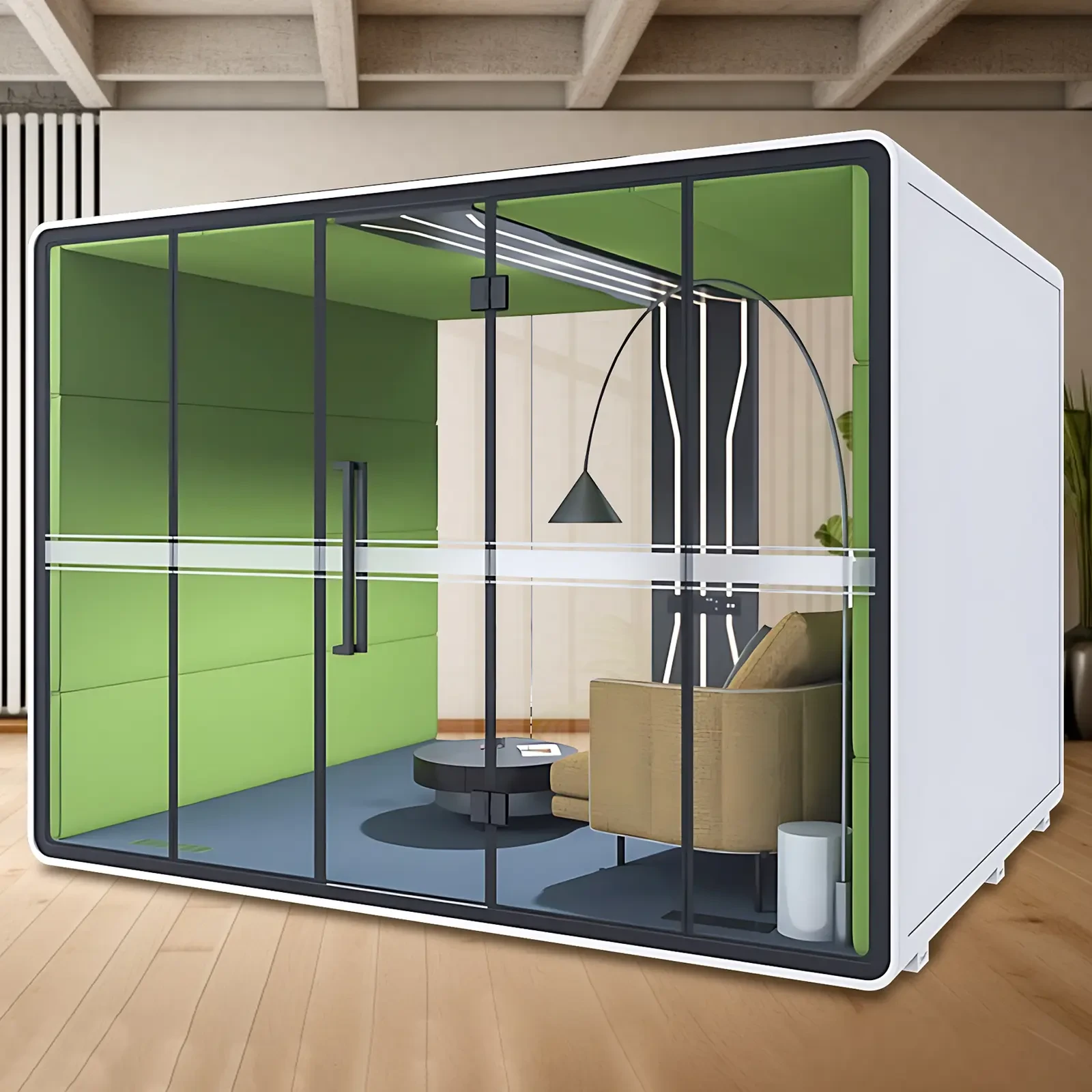Today’s hyper-connected working world, with its open workspaces, digital pings, and endless interactions, might seem to offer little opportunity for professionals to protect their mental space. But in these very moments of constant noise and incessant demands, professionals have realised they have to preserve, and even reclaim, the privilege of working in silence. Cultivating this new-but-old discipline offers not only the chance to concentrate deeply without being disrupted by external chaos or sensory overload, but also the marginal benefit of pretending to be a silent worker in a world that seems to demand always being "on".
Mental Efficiency Through Reduced Stimulation
Although multitasking is often mistaken for an efficient habit, the cognitive science behind high performance has long taught that the brain thrives when performing one main task at a time and not spread too thin, especially when dimming the lights and turning off the sounds so that it can engage at full throttle.
Professionals in the sciences and high-tech fields have long understood this principle and have worked in silence to reach high mental peaks. For them, silence is a protective barrier against interruptions while also functioning as an amplifier for cognitive flow.
Emotional Regulation and Calmness in Solitude
Aside from cognitive advantages, maintaining a silent workspace significantly benefits mental health, reducing the stress hormones that are triggered by our senses and clutter in the environment. That allows us to be more even-tempered and calm, more resilient emotionally. It’s easier to control our reactions in a tough situation when we’re in a tranquil space as well.
And we can breathe more deeply and evenly when we’re working in silence, and relaxed breathing increases the chances that we’ll be cool and collected mentally as we face whatever challenges are in front of us.
Creating Focus Zones in Shared Workspaces
Modern offices are moving toward openness and collaboration, but what does that mean for people who need to work in a quiet space? Finding a distraction-free environment is hard when your office is designed for teamwork. That's why it's more important than ever to carve out focus zones. Without them, personnel could easily breach the informal sound barriers that keep cross-talk under control.
Silence as the Gateway to Creativity
The common belief is that innovation thrives on rapid dialogue or open brainstorming, yet many of the world’s most creative breakthroughs have emerged from quiet contemplation and extended solitude. These are the times when we’re allowed to incubate our ideas, without pressure to show them at their best, or without the risk of having them prematurely judged.
Such time is essential, not only for personal innovation but also for team and organisational innovation. When half of our brains are occupied with external tasks or with paying attention to the people around us, the other half can’t devote itself to the sort of broad, synaptic work that is necessary for being innovative.
Increased Output and Higher-Quality Deliverables
The impact that can be measured from focused, working in silence habits is seen in the quantity and quality of deliverables. Distraction-limiting time makes it possible to complete tasks with fewer mistakes, more thoughtfulness, and a kind of clarity that propels ideas and solutions forward. Profound writing emerges from the stillness that allows for problem-solving on the level of architecture.
Stillness allows busy minds to follow chains of thought through to the end. The problem may be of such a nature that it requires a level of working silence that could be obtained only during the nighttime hours or in the early morning. And, even then, in an environment that is as quiet and non-distraction-laden as is possible.
Protecting Silent Time as a Professional Standard
To ensure that working in silence benefits individuals and organisations alike in a lasting manner, they must shift their mindsets. Instead of seeing silence as something accidental or secondary, they must see it as a strategic asset. To protect time for working in silence, one must understand that it has to be done with intentionality.
The alternation of a silence mode and a speech mode ought to be considered in common workplace spaces and personal work areas. One must also consider the scheduling of time to be in such modes. Silence has to be "built in" to a person's contemplative schedule. To ensure it has some effectiveness and personal relevance, one must get commonsense approval from other scheduled participants in any given workable space.
The Enclosed Soundproofed Privacy Pod - Light Green Texture Stylish Design is an excellent place to work for three main reasons: it's modern, soundproof, and it's a pod. Being modern means it's designed in a minimalist way, but more than that, it fits into current aesthetics—not just its looks but how it functions. Its integrated lighting and ventilation are seamless. And a desk, integrated into the pod, is important for the kinds of work calls and small-team collaborations you'd want to use this space for.
Recommendation
X-comfot offers soundproof workspaces and "purpose-built" solutions so that working in silence becomes possible and practical for professionals who are forward-thinking enough to understand the benefits of the productivity, well-being, and performance-enhancing aspects of situated silence. It isn't enough for a work environment to be silent for the potential of that situated silence to be fully realized. Soundproofing is a fundamental part of the design of X-Comfot's workspaces.

 USD
USD
 GBP
GBP
 EUR
EUR






